
Ernest Hemingway was a renowned American writer and journalist of the Lost Generation. And if there is something that stands out about his personal life and likes, it’s his love for Spain. Today, we are exploring his favourite corners, so you can fall in love with Spain as much as Hemingway did. Let’s dive into Hemingway’s Spain.
When Hemingway first visited the gorgeous Vigo, he fell in love with Spain and its people. That happened in 1921. The writer came back to Spain two years later. However, he wanted even more and travelled back every year until 1927, captivated by Spain’s friendly and lively atmosphere and the traditional bullfights. Those who looked for Hemingway always found him in the same bars, the same hotels, and the same bullfighting arenas. The presence of this great novelist, awarded the Nobel Prize in Literature in 1954, can be felt in these places even now.
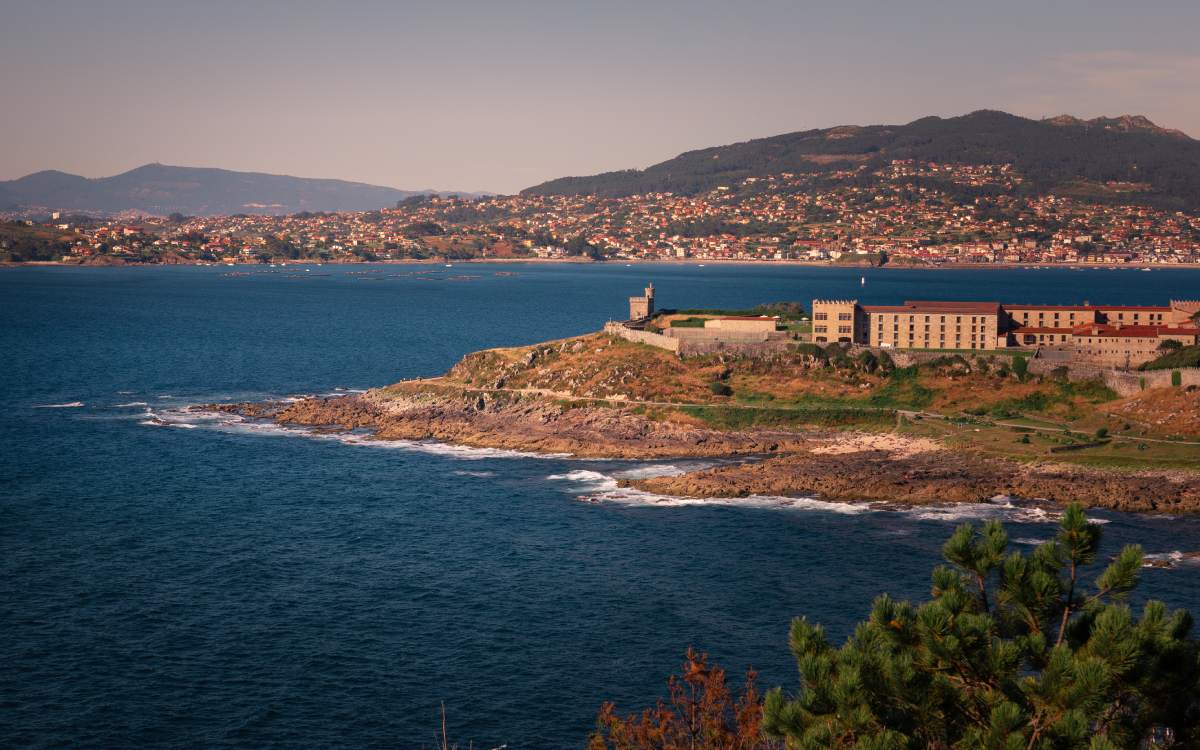
Vigo, Galicia. | Shutterstock
The love story between Hemingway and Spain begins as every good story does: by pure coincidence. The author discovered the impressive Vigo during a stop on his way to France. When his eyes met Vigo, its greatness, its giant mountains, its deep green, and its wild coast left him speechless. It is said that Vigo inspired the award-winning novel The Old Man and the Sea, known as El viejo y el mar in Spanish.
In the following years, the writer explored the beautiful Santiago de Compostela, the charming A Coruña, and a great part of Galicia. Galicia, its people, and its food won over Hemingway’s heart, liver, and stomach. But there were more places to discover. He still had a mission: he had to find his favourite place in Spain.
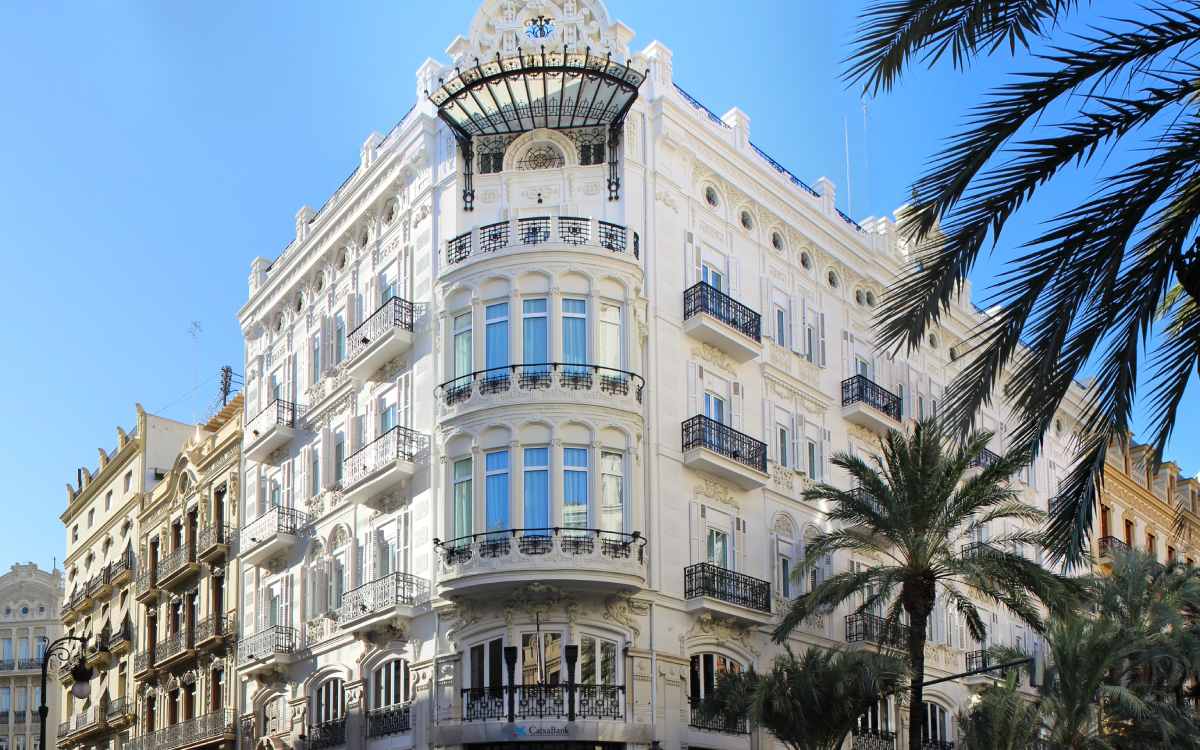
Reina Victoria Hotel. | Shutterstock
The city of Valencia witnessed the birth of Hemingway’s first novel, The Sun Also Rises, or Fiesta, in Spanish. He started writing this work at the Reina Victoria Hotel, whose impressive façade remains untouched and bright under the deep Valencian sun. Valencia was the perfect place to enjoy a hot cup of coffee and write down his wonderful ideas. Although most of the locations Hemingway frequented have been inevitably renovated or even destroyed, their essence has survived the passing of time in the Valencian city. His fans can often be found around the area, asking about him and looking for the last traces of his presence and the settings he stared at decades ago.
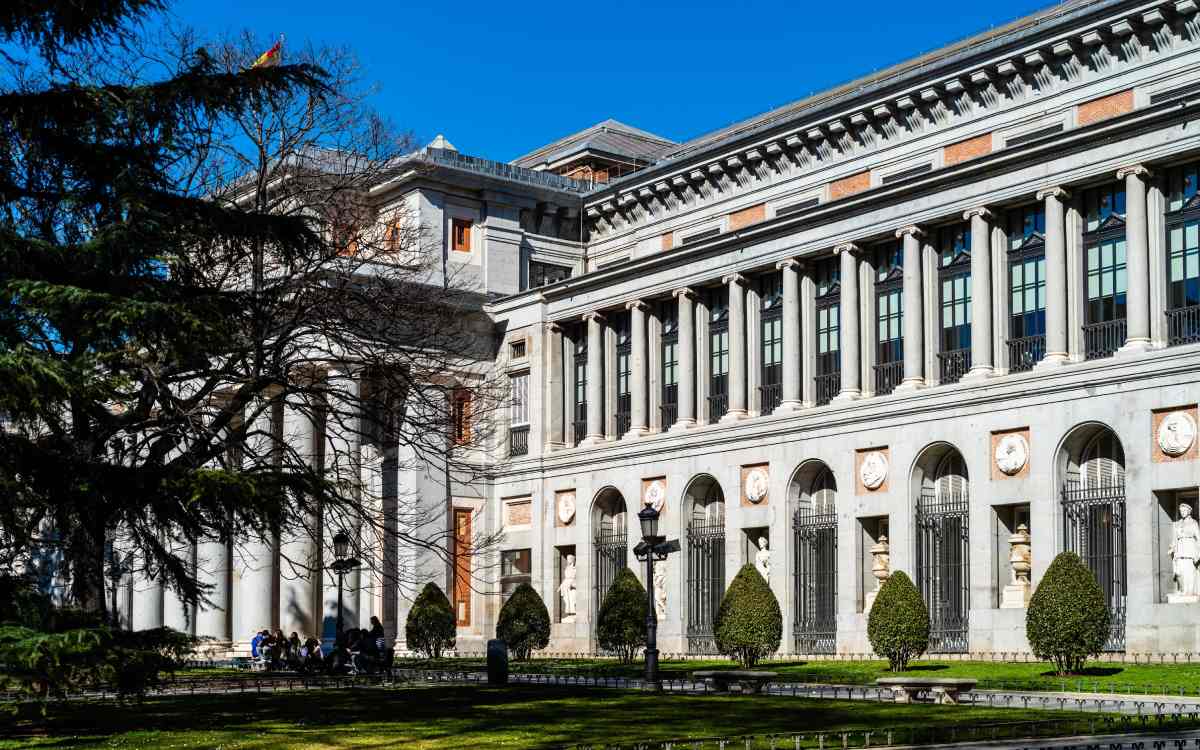
Museo del Prado. | Shutterstock
Although Pamplona would be Hemingway’s true love, it wasn’t the only city that had a place in his heart. Hemingway never lacked love. The capital of Spain has something special that Hemingway perceived at first sight.
The writer chose Madrid as the main destination of his first journey to Spain. After all, is there a better way to know a country than by diving into its capital city? Madrid embraced the young Hemingway, a journalist who looked for parties, bullfights, and alcohol, which was banned in the United States at the time. But he also craved stories, and Spain had a lot to tell in that moment.
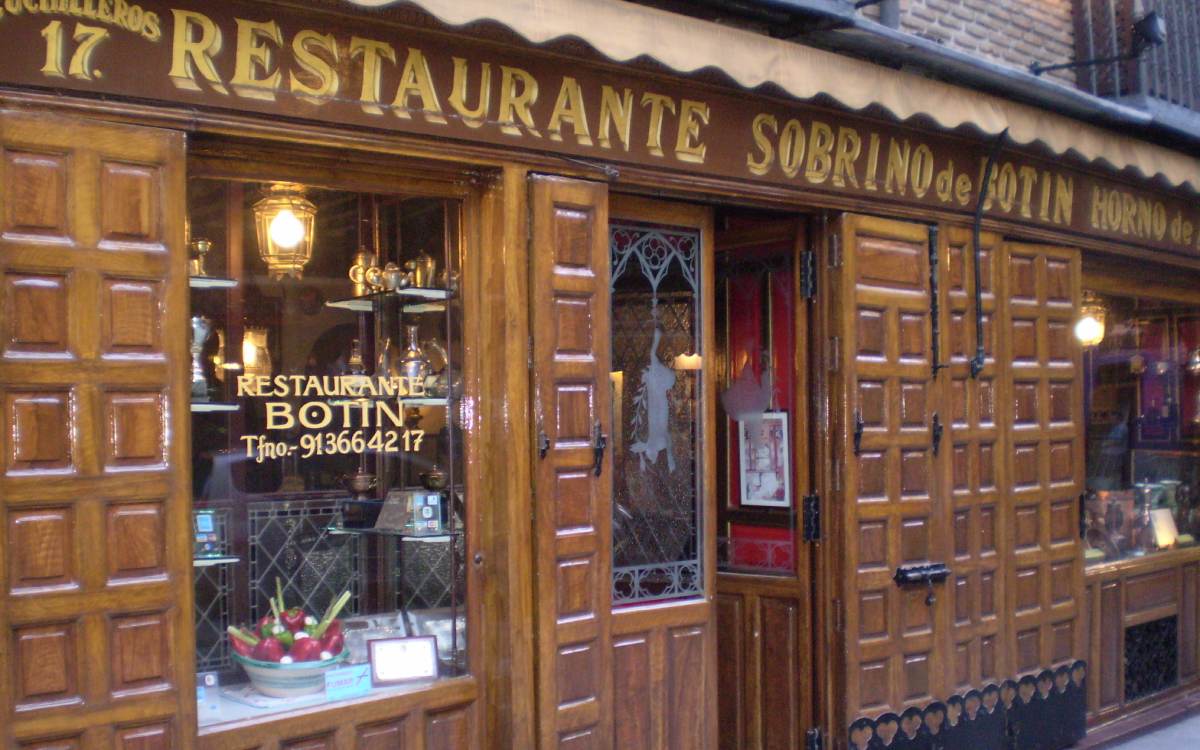
Sobrino de Botín, the oldest restaurant in the world. | Wikimedia
He reported the Spanish Civil War and sided with the Republicans through his writings while being hosted in room number 7 of Pensión Aguilar, a hotel in Madrid that is now known as Hostal Aguilar. Cervecería Alemana, the cocktail bar Museo Chicote (named Bar Chicote back then), and his cherished Museo del Prado were some of his favourite places. He loved to eat at Sobrino de Botín, the oldest restaurant in the world, according to Guiness World Records.
He used to say that “Madrid, it is the most Spanish of all cities.” And maybe that is where its charm lies.
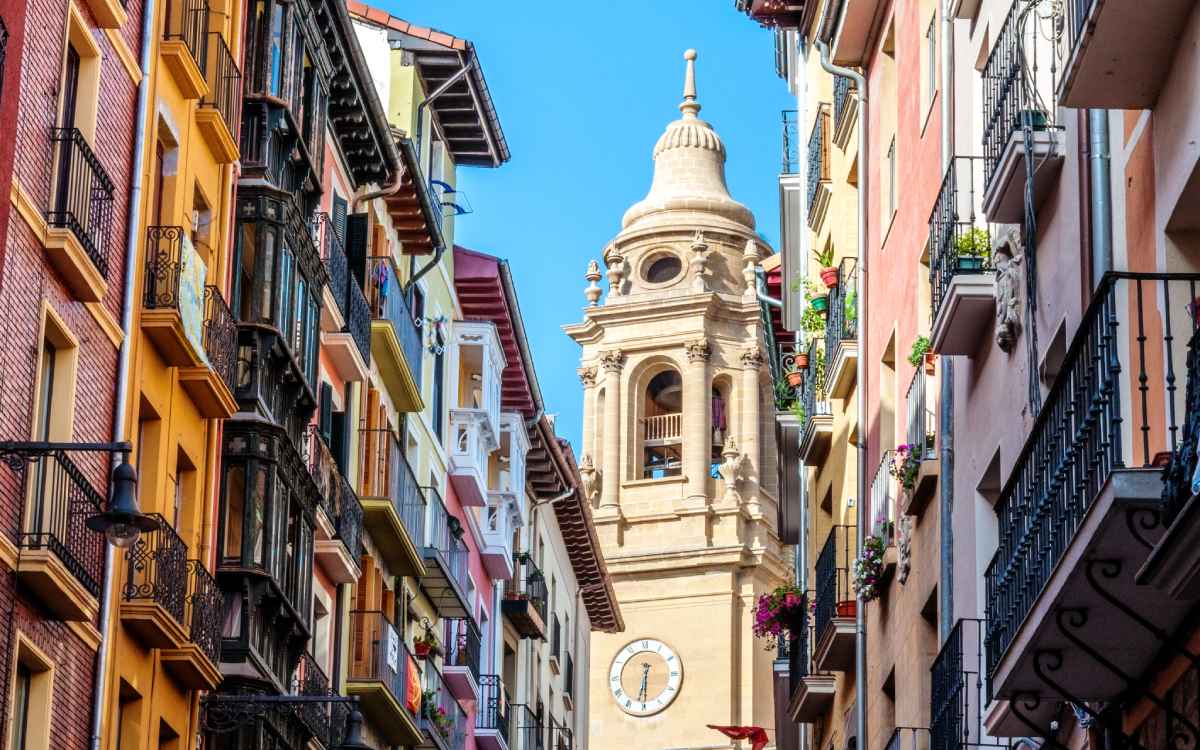
Pamplona. | Shutterstock
To speak of Hemingway is to speak of Pamplona. The correspondent for the Canadian newspaper Toronto Star Weekly found everything he once dreamed about in the beautiful Pamplona. The writer was charmed by the city since he set foot there for the first time. For this reason, the main characters of his novel, The Sun Also Rises, travel to Pamplona. Just like their creator, the characters attend the popular Sanfermines. The essential role of the Navarrese city in the literary work boosted its popularity in the 20s, especially among his English-speaking readers.
Like many other famous personalities, Hemingway used to stay at the La Perla Hotel. Nowadays, his old suite, room 201, keeps the same number in his honour.
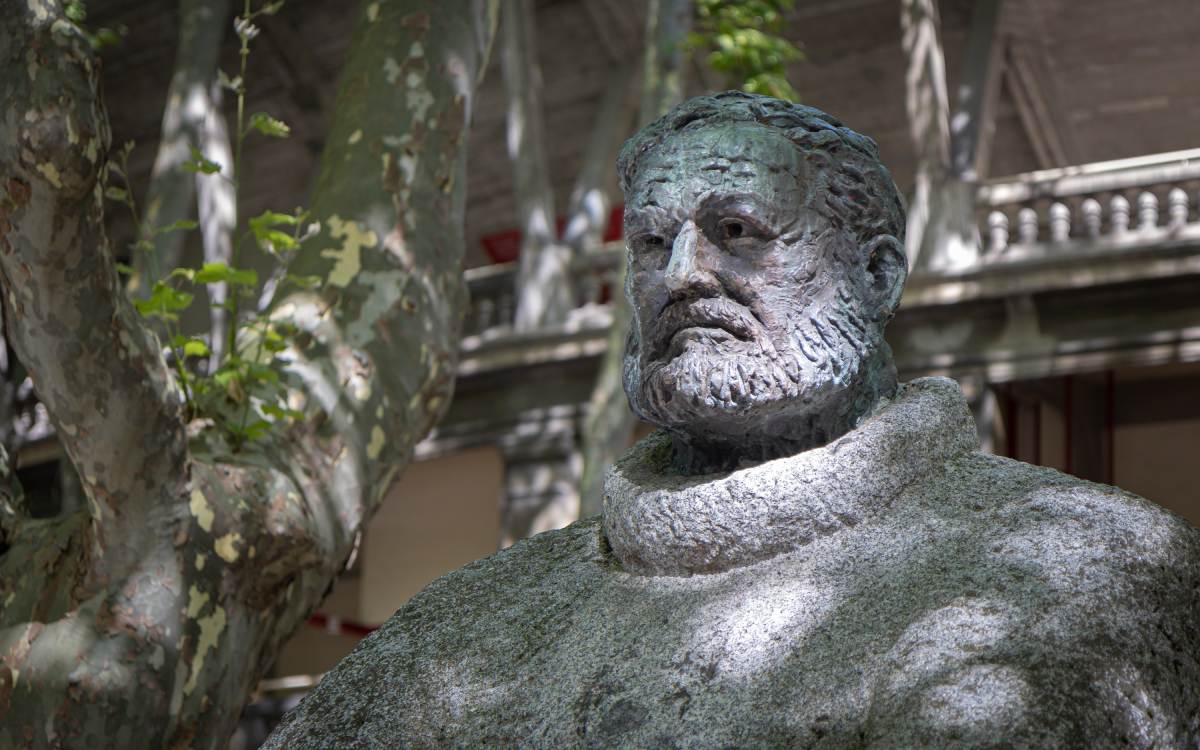
Ernest Hemingway sculpture. | Shutterstock
Hemingway loved to fish the Irati River. But he also liked the beach, and that’s why he would sometimes run away to Donostia-San Sebastián for a brief getaway through Euskadi. At other times, he would head in the opposite direction towards modern Barcelona.
In the year 1966, Ernest Hemingway was awarded the Neckerchief of Honour by the City Council of Pamplona. A couple of years later, a bust of the winner of the Nobel Prize in Literature was placed in a promenade he shares his name with. And although he never got to see this while he was alive, these initiatives to keep his memory alive prove that his loved Pamplona fell in love with him as well.